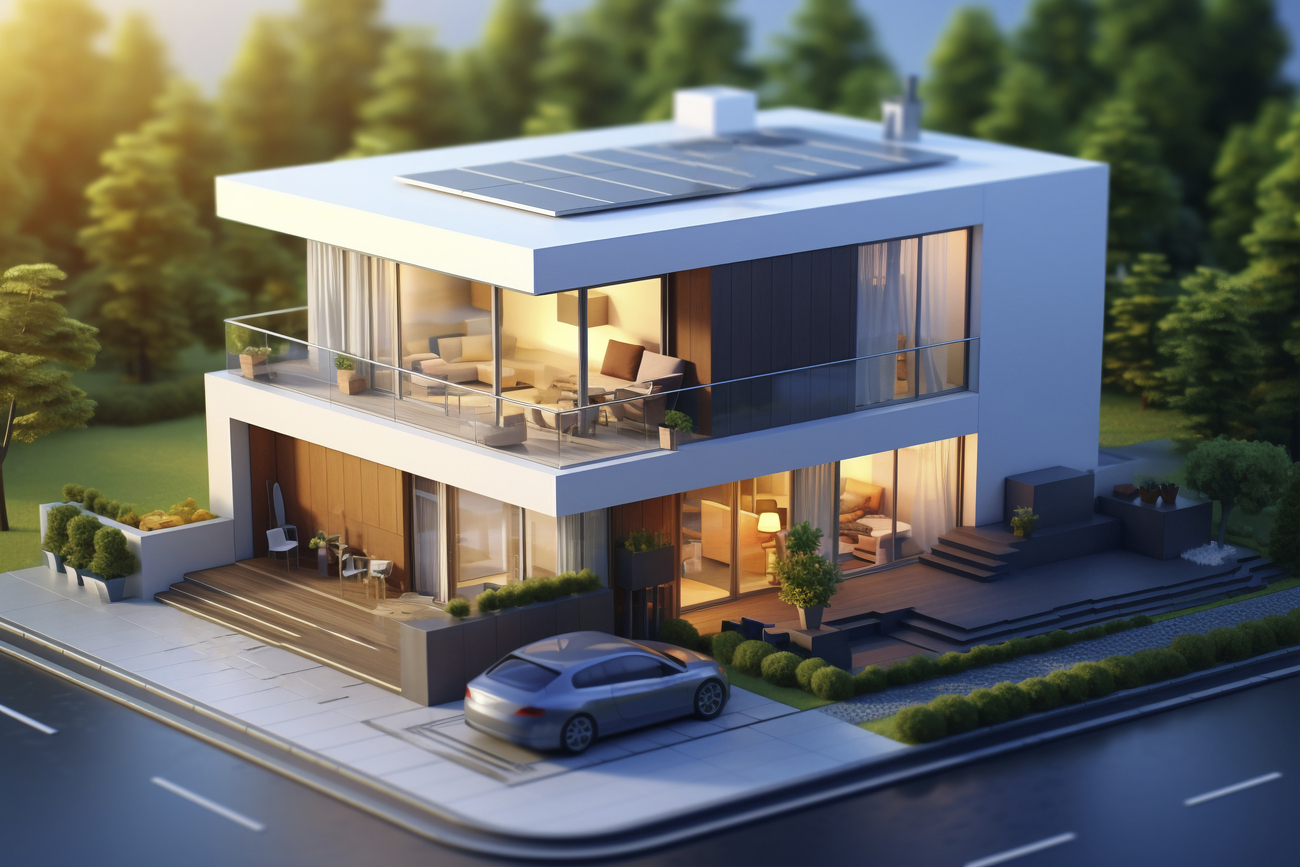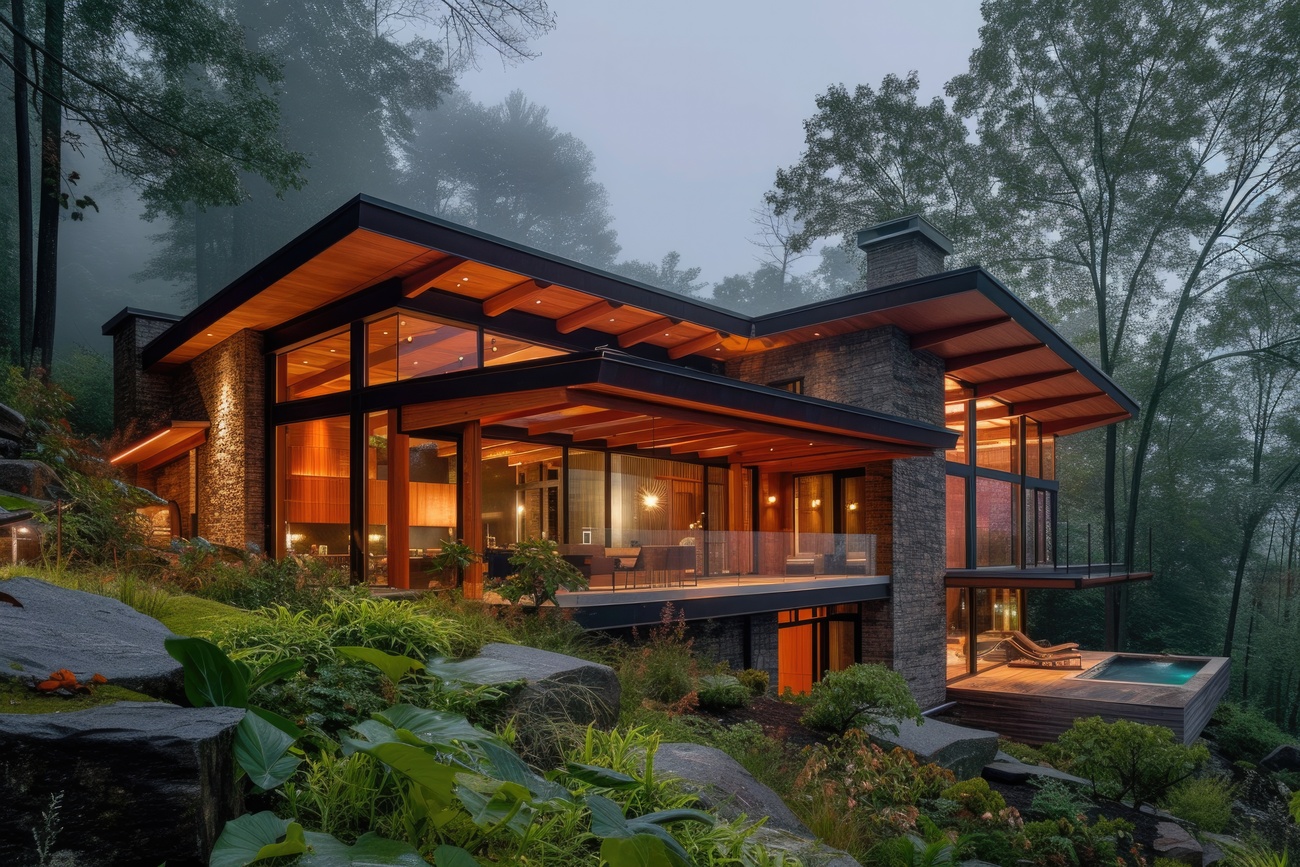
Tips for Building a hospital: Key Considerations for Success
Building a hospital is not just about constructing a physical structure—it is about creating a safe, efficient, and healing environment that supports both patients and medical professionals. Hospitals are highly complex facilities that require careful planning, design, and management to meet medical, technological, and community needs. Here are some essential tips for building a successful hospital:
1. Conduct Thorough Planning and Feasibility Studies
Before starting construction, it is crucial to perform feasibility studies, market analysis, and community assessments. These steps help determine the hospital’s size, location, and services based on population needs and healthcare demand. Proper planning ensures that the hospital will be both sustainable and beneficial to the community.
2. Choose the Right Location
Accessibility is one of the most important factors. The hospital should be located in an area that is easy to reach by road and public transportation. Proximity to residential areas, emergency routes, and supporting facilities such as pharmacies and laboratories should also be considered.
3. Focus on Patient-Centered Design
Hospital design should prioritize patient comfort and recovery. Natural lighting, good ventilation, noise control, and safe interior layouts can significantly improve patient experiences. In addition, clear signage and wayfinding systems make it easier for visitors and staff to navigate the facility.
4. Integrate Advanced Technology
Modern hospitals rely heavily on technology for diagnosis, treatment, and management. Incorporating telemedicine, electronic health records, and automated systems can improve efficiency and patient care. Designing the infrastructure to support future technological upgrades is equally important.
5. Ensure Compliance with Safety and Health Standards
Hospitals must follow strict safety regulations, including fire protection systems, infection control measures, and emergency evacuation plans. Designing specialized areas such as operating theaters, intensive care units, and isolation rooms with international healthcare standards in mind is critical.
6. Prioritize Sustainability and Energy Efficiency
Sustainable hospital design not only reduces environmental impact but also lowers long-term operational costs. Incorporating green building practices, energy-efficient systems, and water conservation methods can contribute to both financial and ecological benefits.
7. Collaborate with Experts
Building a hospital requires the collaboration of architects, engineers, medical planners, and healthcare professionals. Their combined expertise ensures that the design meets medical, technical, and regulatory requirements. Engaging stakeholders early in the process can prevent costly mistakes.
8. Plan for Scalability and Future Growth
Healthcare needs evolve over time, so hospitals should be designed with flexibility in mind. Allocating space for future expansion and incorporating modular building concepts can make it easier to adapt to changing demands.
Constructing a hospital is a long-term investment that goes beyond bricks and mortar. It requires balancing functionality, patient well-being, technology, and sustainability. By carefully planning and collaborating with experts, it is possible to build a hospital that not only serves today’s needs but also supports future generations.

Date: November 13, 2025
The global property sector is entering 2026 with a complex mix of opportunities and structural challenges. As markets recover unevenly from economic disruptions of the early 2020s, developers, investors, and policymakers must confront new realities shaped by shifting demographics, technological adva ...

Date: November 14, 2025
Buying a house is one of the biggest financial decisions most people will ever make. While many buyers focus on the down payment and monthly mortgage, there are several hidden costs that often catch them by surprise. Understanding these expenses can help homebuyers prepare more accurately and avoid ...

Date: November 15, 2025
For years, many assumed that Gen Z facing rising housing prices, student loans, and economic uncertainty would delay homeownership even longer than millennials. Surprisingly, the trend is shifting. Around the world, more Gen Z adults (typically defined as those born between 1997–2012) are beginnin ...

Date: November 15, 2025
For many people, owning a home remains a major life goal symbolizing stability, security, and long-term financial growth. But with rising property prices, higher living costs, and economic uncertainty, the big question for 2025 is clear: Is buying a house still realistic? The answer depends on sever ...

Date: November 11, 2025
In the fast-paced world of real estate, the digital revolution has completely transformed how properties are marketed and sold. Today’s property agents and developers must adapt to changing consumer behavior, emerging technologies, and online competition. To succeed, real estate professionals need ...
Ala Land Bali — a magical place for the real you
BECOME PART OF THE HISTORY Share your contact details, and our manager will reach out
with full project details

